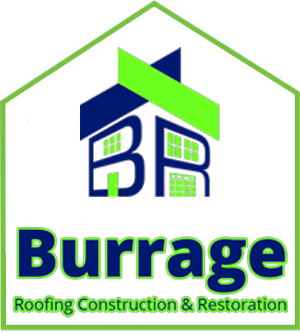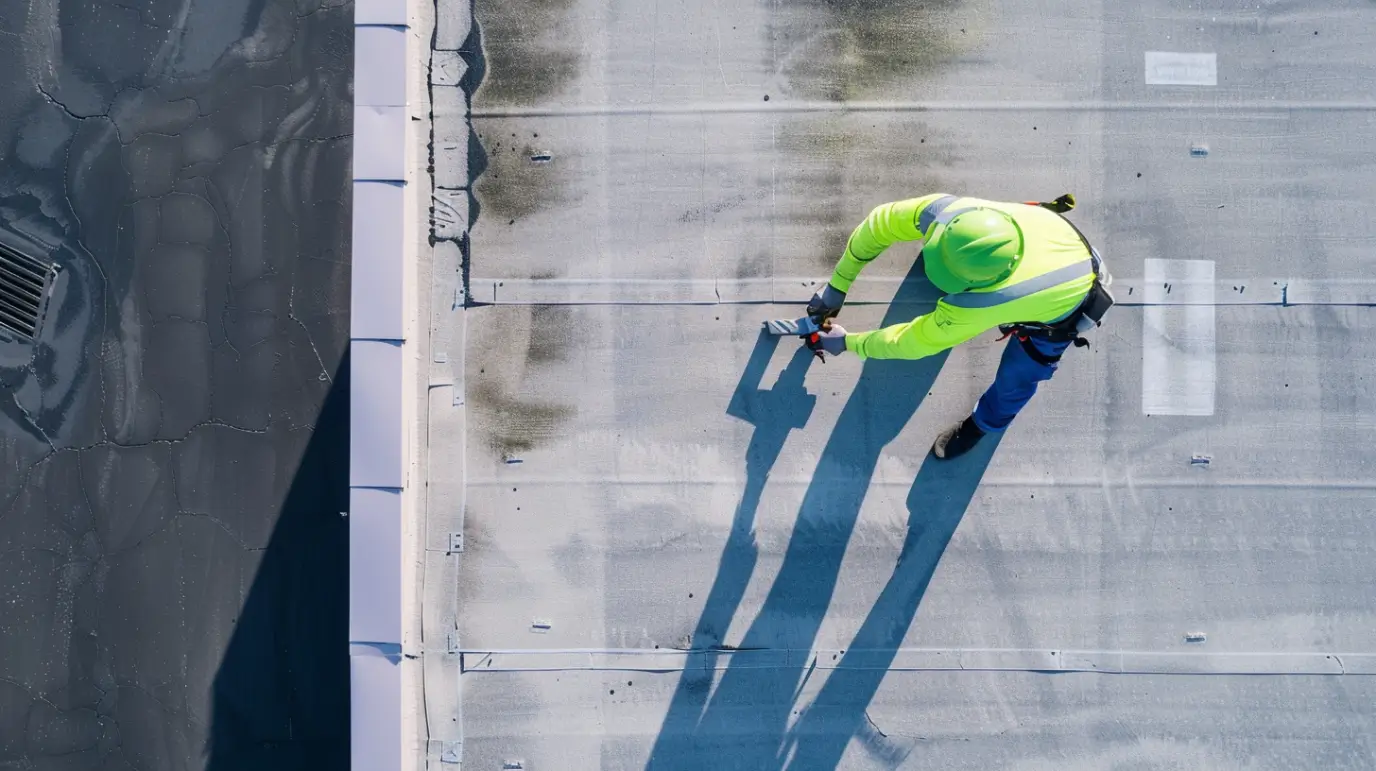Flat roofs offer benefits but require proper maintenance to ensure longevity and functionality. At Burrage Roofing, we understand the importance of routine inspections and upkeep to prevent costly repairs from issues like water pooling or material damage. Whether for your home or a commercial building, regular maintenance is key to keeping your flat roof in top condition. Our expert team is dedicated to providing tips for enhancing your roof’s lifespan and performance. Read on to discover how Burrage Roofing can help you maintain your flat roof effectively.
Why Flat Roof Maintenance Matters for Quad Cities, IL Homes and Businesses
Flat roofs are common in Quad Cities, enhancing the appearance of homes and businesses. However, regular maintenance is crucial to prevent structural damage and weather-related issues. Neglecting upkeep can lead to costly repairs that compromise the roof’s integrity.
Proper maintenance not only prevents problems but also improves energy efficiency. Ensuring adequate drainage and routine care prevents water pooling and material degradation, allowing your flat roof to perform optimally in any weather.
Contact Us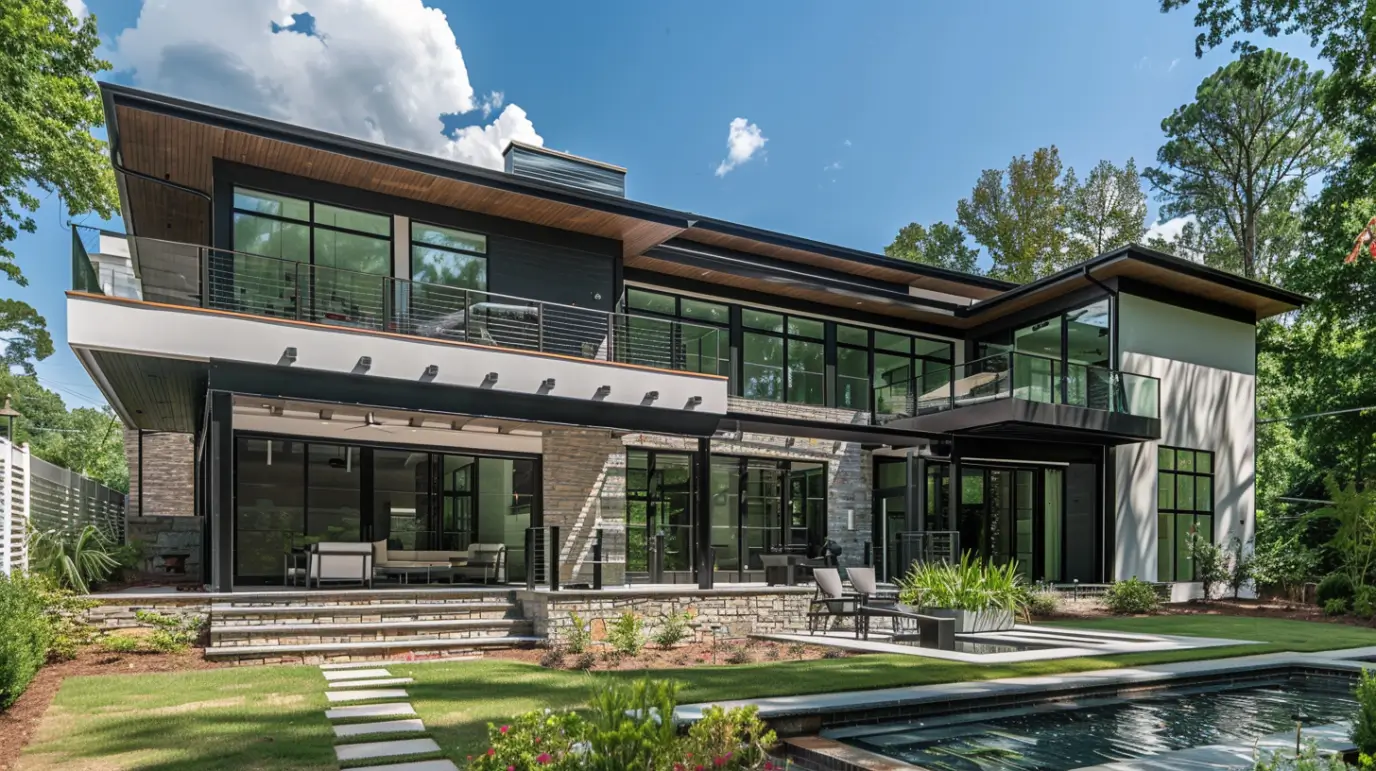
Unique Challenges of Flat Roofs in the Midwest
Flat roof systems in the Midwest face various challenges, especially with rapid temperature changes in Quad Cities. These fluctuations can cause the roof to expand and contract, leading to small surface cracks over time.
Improper installation can exacerbate issues, particularly if drainage is ineffective. Water pooling during heavy rain can compromise the roof’s structural integrity.
Additionally, weather damage from rain, hail, and strong winds poses a significant risk. Regular maintenance is crucial; addressing problems promptly helps extend the lifespan and durability of your flat roof.
The Impact of Weather on Flat Roofing Systems
Weather significantly affects flat roof performance, particularly in the rapidly changing Quad Cities. Prolonged sun exposure can degrade materials due to UV rays, making them brittle and shortening their lifespan. Regular inspections and protective coatings can help.
Heavy rain can worsen issues, leading to water infiltration if drainage is inadequate. Standing water increases stress and risk of mold and rot, making effective drainage crucial for longevity.
Extreme temperature fluctuations can also cause materials to crack or peel. Routine maintenance and inspections are vital to protect against weather-related damage and maintain structural integrity, ensuring your flat roof stays durable and watertight.

Types of Flat Roof Systems Common in Quad Cities
Selecting the appropriate material for your flat roof, whether it be asphalt, rubber, or thermoplastics, is a critical decision that significantly impacts its durability and longevity. Each material option comes with its own set of advantages and disadvantages that must be carefully considered to ensure the construction of a sturdy and long-lasting roof.
Asphalt roofing, for example, is a popular choice due to its affordability and ease of installation. It provides good protection against the elements and has a relatively long lifespan. However, it may require more frequent maintenance compared to other materials such as rubber or thermoplastics.
Built-Up Roofing (BUR)
Built-up roofing (BUR) is an excellent choice for flat roofs, consisting of multiple layers of bitumen and other materials for enhanced durability. These layers improve structural integrity and resistance to UV rays and harsh weather.
Regular inspections are crucial to identify small cracks or water stains, which can indicate more significant issues. Proper maintenance prevents weather damage and extends the roof’s lifespan. Consistent care provides property owners peace of mind, ensuring their roof performs well for years.
Modified Bitumen and Single-Ply Membranes
Modified Bitumen and Single-Ply Membranes are popular modern materials for flat roofs. Modified Bitumen, a blend of asphalt with plastic or rubber, offers flexibility and enhanced weather resistance. Many in Quad Cities, use it for residential and commercial buildings due to its reflective coatings and insulation that boost energy efficiency.
Single-Ply Membranes like TPO and EPDM provide a sleek appearance and excellent performance. They are lightweight, UV-resistant, and favored for flat roof maintenance due to their easy installation and repair.
Whether you prefer the durability of Modified Bitumen or the energy efficiency of Single-Ply Membranes, choosing the right material is essential. A professional roofing contractor can guide you in selecting, installing, and maintaining these advanced systems for optimal results.
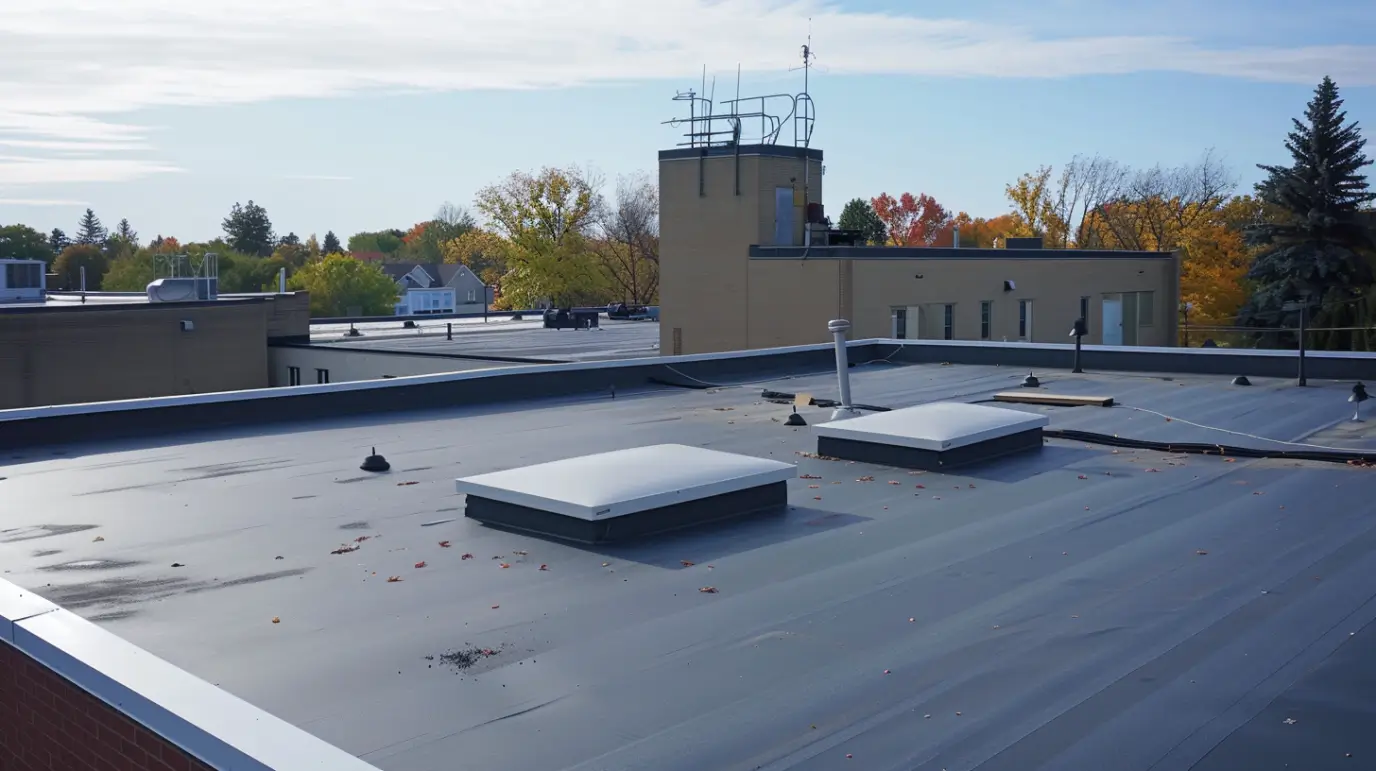
Signs Your Flat Roof Needs Attention
Early detection of damage on your flat roof is crucial to prevent expensive repairs in the future. Keep an eye out for small cracks or water stains on ceilings below, as these seemingly minor problems can worsen over time, potentially leading to severe structural damage. Prompt action is necessary if you notice leaks or drainage issues, as they can indicate underlying issues that need immediate attention.
Regular inspections are key to identifying and addressing problems early on, helping to maintain the integrity of your flat roof for years to come. By conducting routine checks and addressing any issues promptly, you can prolong the lifespan of your flat roof and avoid more extensive and costly repairs down the line. Remember, proactive maintenance is key to keeping your flat roof in optimal condition and preventing potential headaches in the future.
Common Flat Roof Damage Indicators
Signs of damage on a flat roof often manifest in various forms, making regular inspections crucial. Look for water stains on the interior ceilings, which indicate potential water infiltration from above. Small cracks or blistering on the flat roof surface may signal underlying issues, such as improper installation or material degradation. Additionally, the presence of ponding water can jeopardize the structural integrity of the roof, leading to more severe problems if left unaddressed. Regular checks pave the way for identifying these indicators early.
When to Schedule a Professional Inspection
Regular inspections are vital for flat roof maintenance. Have a professional contractor assess your roof at least twice a year, ideally in spring and fall when weather changes are most significant.
Additionally, inspect your roof after severe storms, as heavy rain or hail can cause hidden issues like water infiltration. Prompt repairs are crucial to prevent further damage.
A solid maintenance schedule allows for early detection of potential problems, ensuring your flat roof’s structural integrity. Professional contractors can evaluate drainage, seam conditions, and flashing quality, leveraging their expertise to maintain your roof’s longevity.
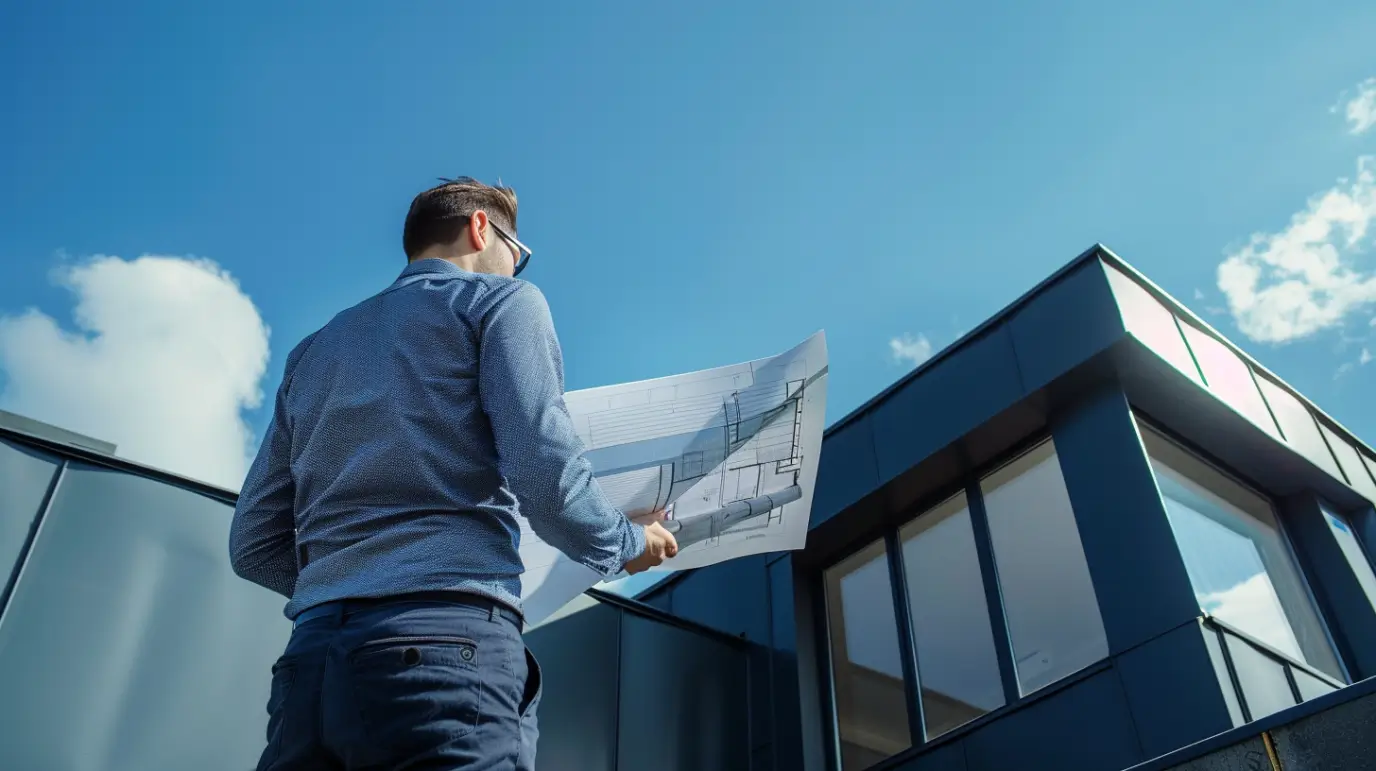
Essential Flat Roof Maintenance Tasks
Routine inspections are essential for effective flat roof maintenance. Regularly check for signs of damage like small cracks or water stains to prevent costly repairs later. Clean the roof surface and remove debris to ensure proper drainage. During maintenance, inspect seams, flashings, and penetrations, as these areas are vital for protecting the roof’s structural integrity from weather damage and water infiltration.
Cleaning Debris and Maintaining Drainage
Regularly clearing debris is essential for maintaining a flat roof. Leaves, dirt, and other materials can quickly accumulate, blocking drains and causing water to pool. Prolonged pooling can lead to significant structural damage.
To prevent this, use a garden hose or soft broom to keep the surface clear. Regularly inspect and maintain drainage systems, especially internal drains, as they are crucial for water removal. These practices help prevent leaks and extend your roof’s lifespan.
Checking Seams, Flashings, and Penetrations
Regular inspections and maintenance are critical for ensuring the longevity and performance of a flat roof. It is imperative to regularly check key areas such as seams, flashings, and penetrations as these are common points of water entry and vulnerability to deterioration. Detecting small cracks or signs of damage early on can help address underlying issues before they escalate into costly repairs.
By conducting routine inspections and addressing any issues promptly, you can prevent water infiltration, prolong the lifespan of your flat roof, and ensure optimal energy efficiency for your building. Additionally, implementing a proactive maintenance plan that includes regular cleaning, clearing debris, and addressing any drainage issues can further enhance the durability and functionality of your flat roof. Remember that investing time and resources in regular checks and maintenance can save you from major headaches down the road.
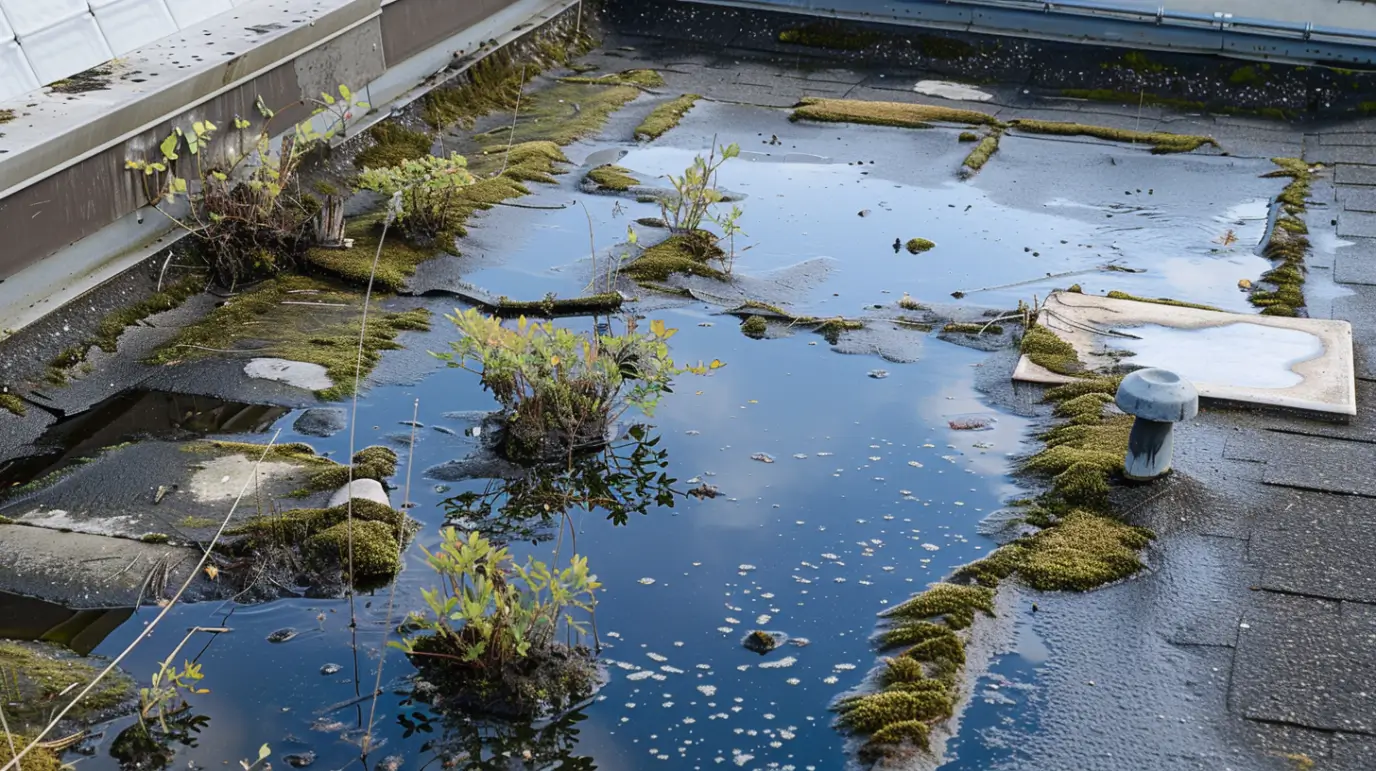
Preventing Leaks and Water Damage
Regular maintenance is key to caring for a flat roof. Conduct inspections to identify small cracks, water pooling, and early signs of damage. Addressing these issues promptly prevents water damage and maintains structural integrity. Ensure the roof’s slope facilitates proper drainage to avoid pooling. Keep the drainage system and internal drains clear. These practices extend your flat roof’s lifespan and help you avoid costly repairs later on.
Ensuring Proper Slope and Drain Function
Checking a flat roof’s slope is crucial to prevent water pooling, which can cause structural damage and costly repairs. Regular inspections help identify drainage blockages or improper installation that hinders water flow.
Adhering to local building codes also strengthens your roof against severe weather. By addressing these factors, you enhance your roof’s longevity, avoid expensive repairs, and gain peace of mind as a property owner.
Spotting and Repairing Ponding Water Issues
Spotting ponding water on a flat roof is crucial, as it can lead to significant building issues and accelerate roof damage. Regular inspections are necessary to identify areas where water collects. Check for poor drainage, small cracks, or other damage. If you find standing water, address it immediately using roofing cement or an appropriate membrane.
A proper drainage system is essential for flat roofs. Ensure the roof has the right slope for effective water flow. By taking these measures, you can extend the lifespan of the flat roof and maintain its structural integrity.
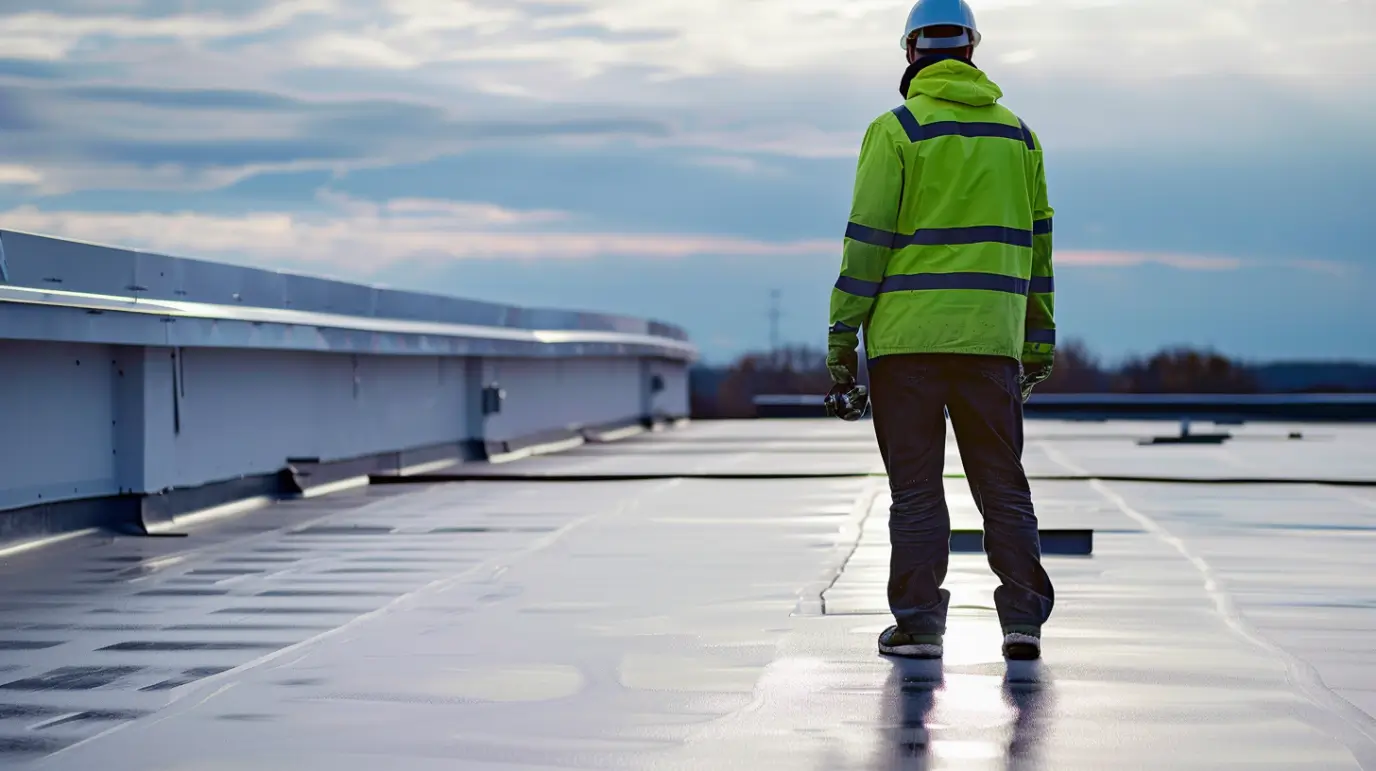
Choosing a Qualified Flat Roof Contractor in Quad Cities
Choosing a qualified flat roof contractor in the Quad Cities is crucial for effective maintenance and repairs. Look for those with a strong history in flat roof systems, as experienced contractors can identify potential issues early, preventing costly repairs. Check certifications, read customer reviews, and see if they collaborate with local businesses to gauge their commitment to quality. Hiring an expert ensures your flat roof receives proper care, extending its lifespan and maintaining its condition.
The Value of Experience: Why Burrage Roofing Stands Out
Experience with flat roof systems is crucial for longevity and performance. Burrage Roofing has years of expertise in this area, identifying and addressing potential issues early. Their skilled team understands flat roof construction, ensuring proper installation and tailored maintenance plans that enhance energy efficiency. With routine inspections and customized solutions, you can rest easy knowing your roof’s structural integrity is secure.
Awards, Partnerships, and Our Commitment to Quality
At Burrage Roofing in Quad Cities, IL, we are renowned in the flat roof industry for our commitment to quality, earning awards like the IKO Craftsman Premier Installer designation. As a BBB Accredited Business, we prioritize customer satisfaction and ethical practices. Partnering with top manufacturers such as SRS Supplier, ABC Supply, Richards Supply, Final Siding, and James Hardie ensures our materials are durable. Our craftsmanship meets local building codes, boosts energy efficiency, and simplifies maintenance. We meticulously inspect every detail to guarantee a structurally sound roof that lasts.
Connect With Us
Prioritizing flat roof maintenance ensures durability and longevity. Regular inspections help identify minor issues before they escalate into costly repairs. At Burrage Roofing in Quad Cities, we emphasize the importance of proper drainage to prevent water pooling and reduce the risk of damage. Maintaining your roof also provides peace of mind, protecting your investment from future problems. Collaborating with our professional team at Burrage Roofing is advisable. We ensure your roof remains in optimal condition and complies with local building codes, preserving its structural integrity and appearance.
Read our blog: Liquid Roofing Membranes: Advantages and Drawbacks
Frequently Asked Questions
How often should I have my flat roof inspected?
Regular inspections of your flat roof should be conducted at least twice a year, ideally in spring and fall. Additionally, inspections are crucial after severe weather events to identify potential leaks or damage early, ensuring longevity and effectiveness of your roofing system.
What is the typical lifespan of a flat roof in Illinois?
The typical lifespan of a flat roof in Illinois varies based on materials used and maintenance practices. Generally, built-up roofing lasts 15-30 years, while single-ply membranes may last 20-30 years. Regular inspections and timely repairs can significantly extend their durability.
